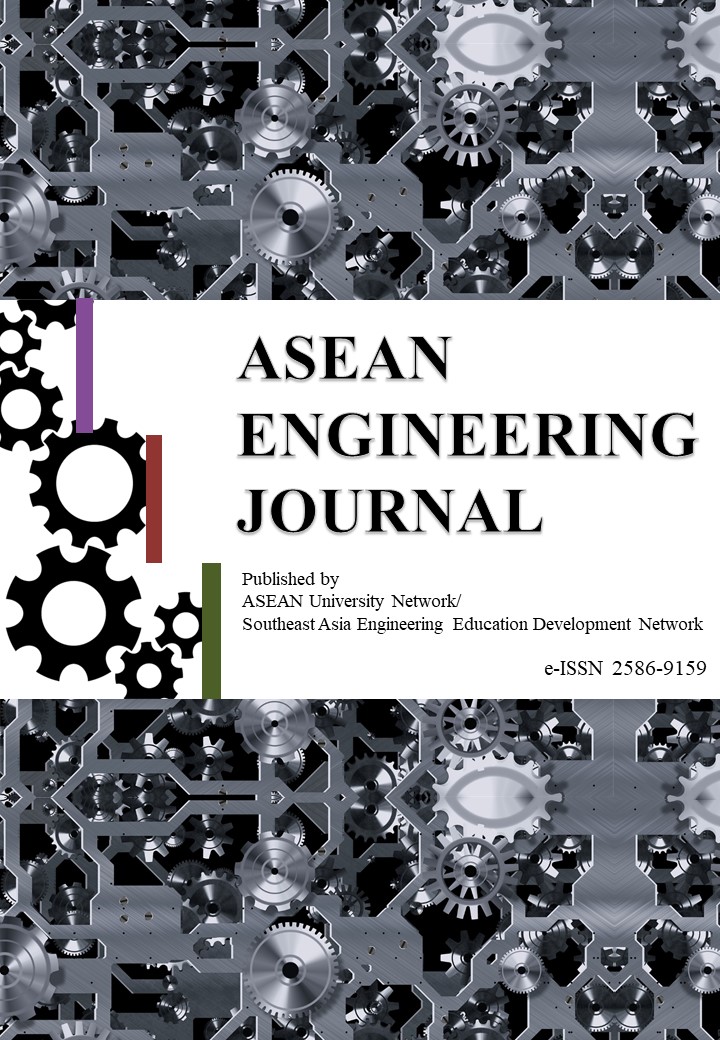FE SOLUTIONS OF NEAR-TIP FIELD FOR MODE-I CRACKS WITH RESIDUAL SURFACE TENSION
DOI:
https://doi.org/10.11113/aej.v9.15511Abstract
This paper presents finite element solutions of a near-tip elastic field of a straight, nano-scale crack in a two-dimensional, linear elastic, whole plane subjected to mode-I crack-face loads. The mathematical model is formulated using a continuum-based theory of classical linear elasticity together with Gurtin-Murdoch surface model to capture the role of the residual surface tension present on the crack-face material layer. The formulation finally yields a second-order, integrodifferential equation governing the crack opening displacement. A weighted residual technique along with the regularization procedure is applied to establish a weakly singular weak-form equation with the involved kernel of O(ln )r . Galerkin strategy and the finite element procedure are then employed to discretize the weak-form equation. Various types of element shape functions, generated by standard C0 -elements, standard C1 -elements, and special elements with built-in crack-tip functions, are considered. A proper quadrature rule is selected to efficiently and accurately evaluate both nearly and weakly singular double line integrals over pairs of elements resulting from the discretization and the solution of a dense system of linear algebraic equations is obtained using an efficient indirect solver. The rate of convergence of finite element solutions is fully investigated and such information is then used to conclude the influence of the residual surface tension on the behavior of the near-tip field.
















